Art Collectors
London Collector Alexander Petalas on the Art of Bringing Art Into Home
The founder of London's The Perimeter tells us why running his own art space shapes his vision of collecting.
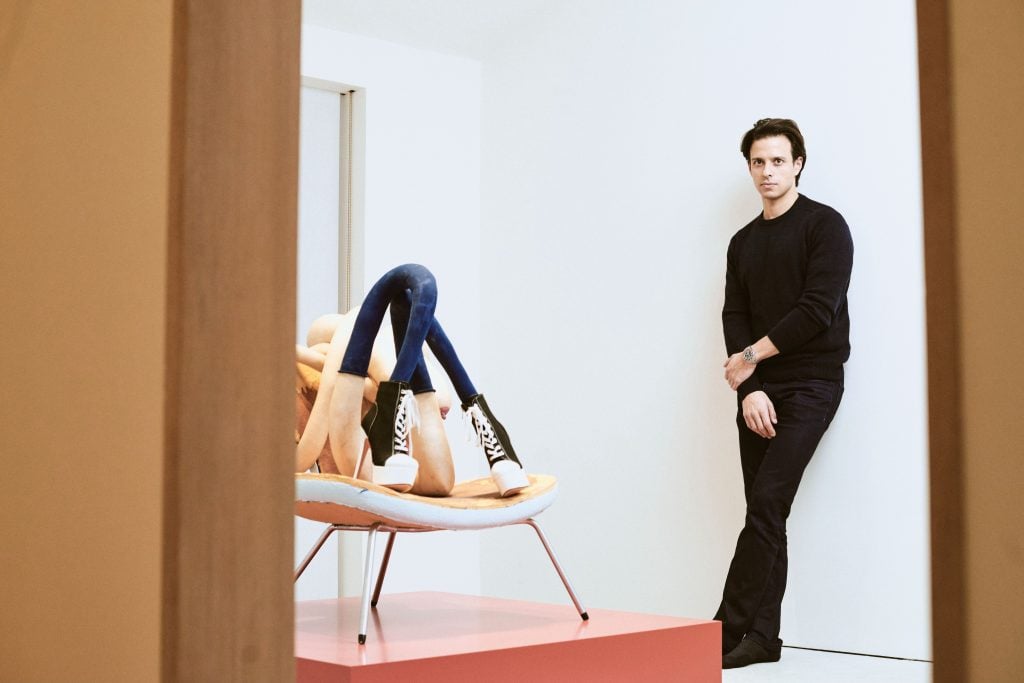
The founder of London's The Perimeter tells us why running his own art space shapes his vision of collecting.

Vivienne Chow

Unlike many collectors of his generation, Alexander Petalas does not come from a collecting family. His journey rather began via his friends in London, who showed him around the city’s galleries and museums. The 42-year-old Swiss-born collector moved to the U.K. capital in the early 2000s to study law and become a solicitor but soon after, it became obvious to him that it was not on the right path.
Petalas grew increasingly dedicated to art, launching his own collection in 2009. Then in 2018, he founded The Perimeter, a non-profit art space in London’s Bloomsbury neighborhood. In the past seven years, the space has hosted solo shows by artists including Carmen Herrera, Sarah Nagle, and Anj Smith.
Petalas shares his view on art collecting, and his secret plans for his new home.
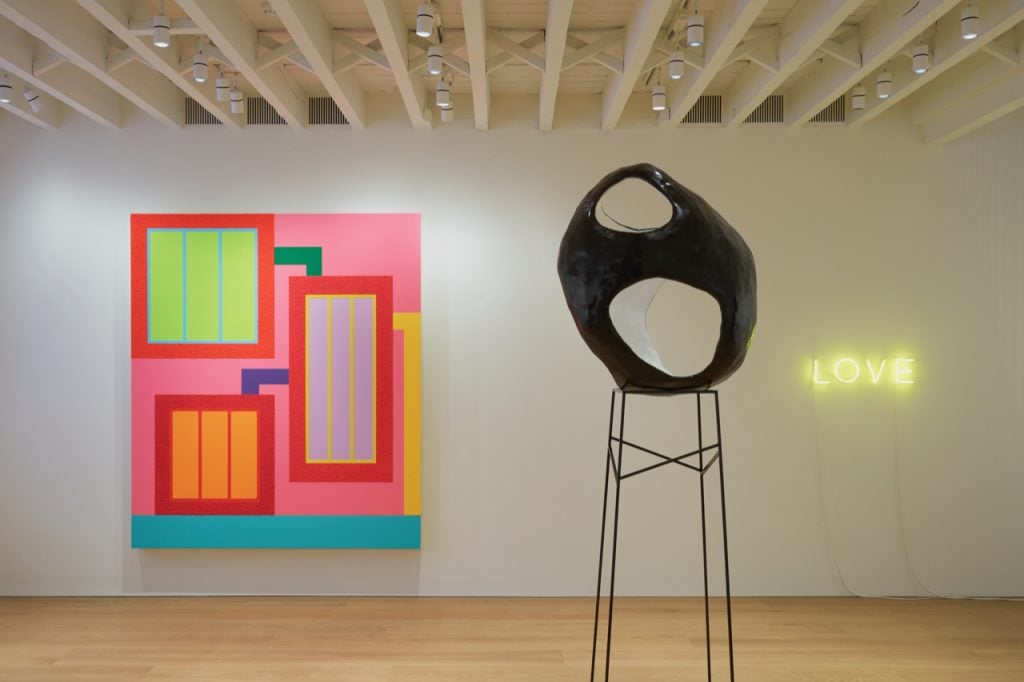
Left to right: Triple Threat (2018) by Peter Halley, The Perimeter (2009) by Eva Rothschild, and Work No 279 LOVE (2014) by Martin Creed. Photography by Robert Glowacki. Courtesy of the artists. Courtesy of Modern Art for the works by Halley and Rothschild.
What was your first purchase?
The Perimeter (2009), a sculpture by Irish artist Eva Rothschild for the price in the region of £20,000 (around $32,400, according to historic exchange rate), which gave its name to the space I founded in 2018.
How has your collecting philosophy changed over time?
There is so much art that I am constantly bombarded with and so much art available in the world generally that you need to set some parameters for collecting. When I first started collecting, I had a rule that I would never buy a work from a JPEG without seeing it in person. When lockdown happened in 2020, the world shut down, galleries shut down, museums shut down; the only way to see art that was being made was in virtual viewing rooms and online. So I had to adapt and break that rule if I wanted to keep on collecting over that period. Today, I still try to avoid acquiring works that I am unable to see in the flesh (especially sculpture and works by artists I am not familiar with) but I do make exceptions now.
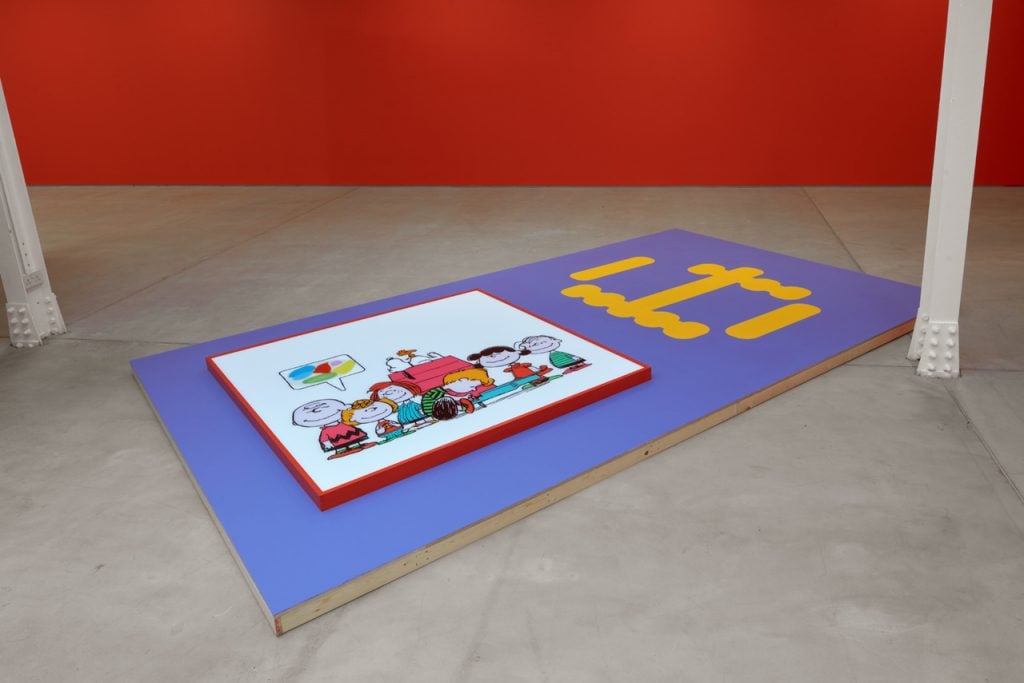
Alex Da Corte, The Democrats or: White Teeth Or…, (2020), installation view. Courtesy of the artist and Sadie Coles
What was your most recent purchase?
I was fortunate enough to get one of Sanya Kantarovsky’s paintings from his exhibition at Modern Art in Paris. He is one of the painters working today who most touches my soul and moves me when I encounter the work. As his work is very much in-demand, it’s not always easy adding as many of his works to the collection as I would like!
Where do you buy art most frequently?
I mostly acquire works on the primary market from galleries. I prefer being able to see a full body of work by an artist to make an informed decision about whether a work would be an interesting addition to the collection. Of course, I also buy regularly from art fairs but those purchases are usually by artists already in the collection who I am very familiar with. The time pressure and urgency put on you by galleries at fairs make that experience much less enjoyable than acquiring work more thoughtfully from a show.
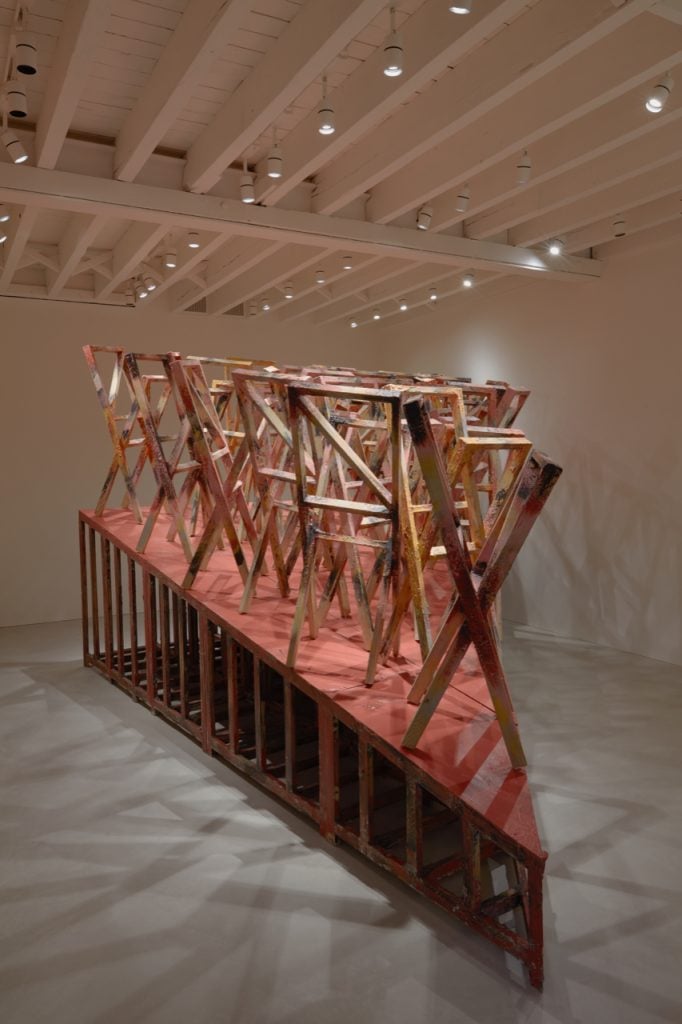
Phyllida Barlow, RIG: Untitled (2011). Courtesy the artist and Hauser & Wirth. Photography by Robert Glowacki
Is there a work you regret not purchasing?
Even if I try not to dwell on the past, as a collector, the list is endless.
In what ways did your experience with The Perimeter shape your approach to art collecting?
Founding and running The Perimeter for the last seven years has enabled me to be bolder and braver in my collecting. I have acquired many non-domestic works that I will never be able to install at home but that I can exhibit at The Perimeter for wider audiences to enjoy. Two examples of this is one of Phyllida Barlow’s sculptures form her first exhibition at Hauser and Wirth on Piccadilly, which filled a whole room at The Perimeter, and also one of Helen Marten’s sculptures from her Venice Biennale presentation in 2015.
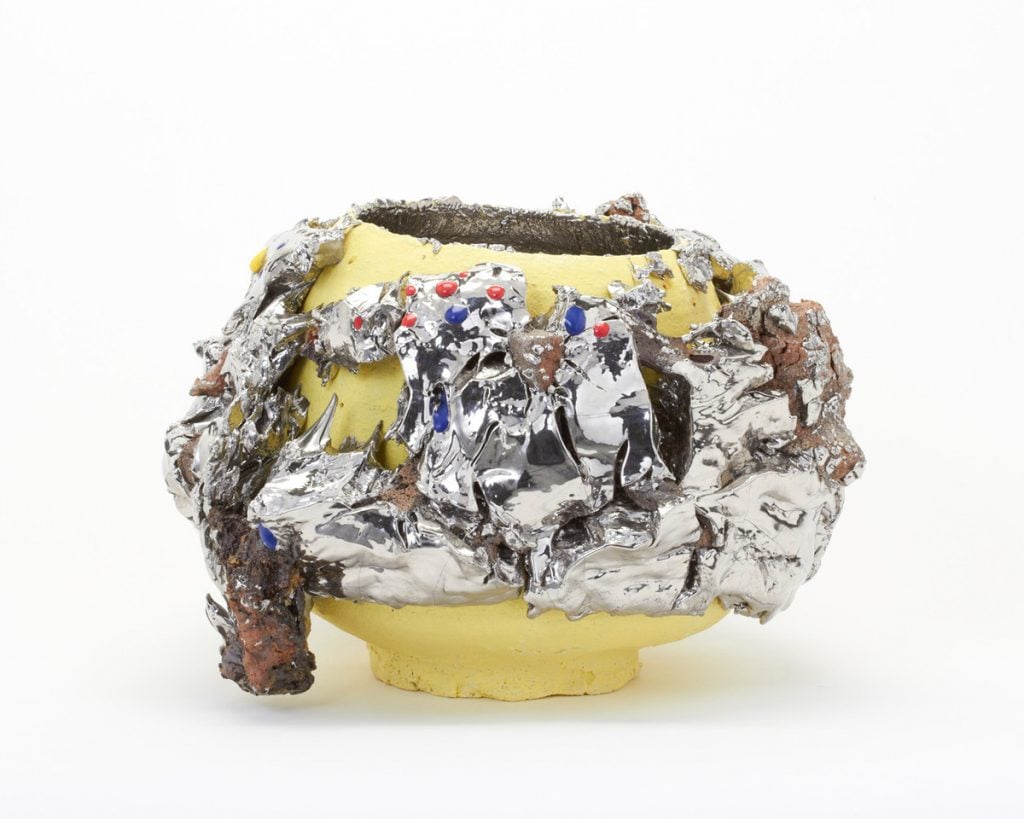
Takuro Kuwata, Kairagi Shino Bowl (2013). Courtesy the artist and Alison Jacques.
What work do you plan to hang above your sofa in your new home?
I have not made up my mind for certain yet, but there is a work I purchased by Alex Da Corte from Sadie Coles in 2020, titled The Democrats or: White Teeth or… which I can picture above my sofa. At first glance, it appears very fun and lighthearted but it is filled with meaning and ideas that aren’t immediately obvious.
What about in your bathroom?
I have a fireplace in my bathroom so I plan on displaying a selection of my favorite ceramicists and glass artists on the mantle piece. I am imagining works by Masaomi Yasunaga, Takuro Kuwata, Chun Liao, Ritsue Mishima or Kelly Akashi. I have actually built a niche in one of the walls in my house to be able to rotate sculptures by Ron Nagle on a permanent basis.
I will also hang a larger work above the fireplace but the bathroom humidity prohibits paintings and works on paper so I might go for one of my favorite photographers, Christopher Williams, Annette Kelm, or Wolfgang Tillmans. Another idea is to go with a more three-dimensional work, such a work by Mire Lee whose Turbine Hall commission in October I cannot wait for.